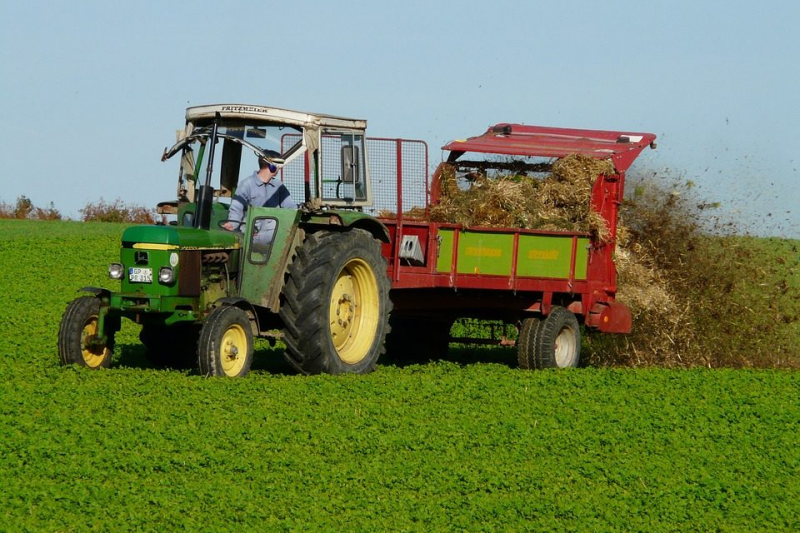First consignment of Kaumera biostimulant delivered for greener wastewater treatment
Published on by Water Network Research, Official research team of The Water Network in Business
For the very first time, a consignment of the innovative raw material Kaumera has been delivered. The Zutphen-based plant in The Netherlands supplied 20,000 liters for use as a biostimulant. A second plant is to be built in the Dutch municipality of Epe. The two raw material factories are the first in the world to produce Kaumera.

Kaumera is a new biobased raw material that is extracted from residual and waste water. This innovation results in 20 to 35 % less sludge waste, less CO2 emissions and energy savings of between 30 and 80 %.
Kaumera is produced by a raw materials factory owned by the Dutch Rijn and IJssel Water Board . Biotechnology company ChainCraft bought the the first shipment. Koppert Biological Systems will process the raw material so that it can be used for a large field test at an agricultural company. The use of Kaumera as a biostimulant means that certain plant properties can be enhanced when used in fertilizer.
Kaumera is a sustainable alternative
Kaumera means ‘chameleon’ in Maori. It is seen as a sustainable alternative to chemicals. For example, the product can be used as a coating for seeds and fertilizer pellets or as a glue and binder. The raw material is a jelly-like substance with remarkable properties. For instance, water can be both repelled and absorbed and it is fire retardant.
Kaumera is a byproduct of Nereda technology. It is a new method for water purification. In this process, aerobic bacteria that grow in compact granules purify the waste water. Normally this involves flaky material. The pellets offer great advantages for chemicals and energy consumption. The technology requires less structural surface area for the installation. This leads to lower costs.
The Nereda technology is also being applied at the sewage treatment plant in Zutphen. A special installation was built last year to extract the raw material from sludge pellets. The intention is to produce three hundred metric tons per year.
Award winning
Various parties are collaborating on the innovation. These include the Rijn and IJssel and Vallei and Veluwe Water Boards , Delft University of Technology, engineering firm Royal Haskoning DHV, Stowa knowledge center, and biotechnology company ChainCraft.
A second plant for Kaumera production is in the pipeline. Vallei en Veluwe Water Board is currently building this second plant in Epe, which is scheduled to be ready this spring. Here, treated sewage water from the municipality of Epe will be used for producing the bio-stimulant.
Kaumera has already won the Aquatech Innovation Award and Water Innovation Prize ( Clean Water). This reflects the high expectations of the new raw material.
Taxonomy
- Biological Treatment
- Sewage Treatment
- Nutrients Recovery
- Biological Treatment